Electrical systems are essential for modern infrastructure, but they also pose risks such as overheating, short circuits, and failures. Detecting these issues early is critical to preventing accidents, minimizing downtime, and improving efficiency. Thermal cameras provide a reliable, non-contact method for identifying electrical faults before they cause serious damage.
The Role of Thermal Cameras in Electrical Safety
Thermal cameras detect infrared radiation emitted by objects, converting it into a visible heat map. In electrical systems, they help identify overheating components, loose connections, and insulation failures. By detecting temperature variations, technicians can locate potential faults without shutting down equipment.
Electrical systems generate heat during operation. However, excessive heat often signals problems such as overloaded circuits, unbalanced loads, or aging components. Thermal imaging allows maintenance teams to pinpoint hot spots that indicate these issues. Addressing them early reduces the risk of electrical fires and equipment failure.
Detecting Loose Connections
Loose or corroded connections increase electrical resistance, leading to excessive heat generation. Traditional inspection methods may not detect these issues until a failure occurs. A thermal camera can reveal abnormal heat patterns in connectors, helping technicians secure or replace faulty components before they cause serious disruptions.

Preventing Insulation Failures
Electrical insulation degrades over time due to environmental factors, mechanical stress, and aging. When insulation weakens, leakage currents can form, increasing the risk of short circuits and equipment damage. Thermal imaging identifies temperature anomalies associated with insulation breakdown, enabling preventive maintenance.

Improving Efficiency in Electrical Maintenance
Thermal cameras enhance electrical system efficiency by optimizing maintenance processes and reducing operational costs.
Minimizing Unplanned Downtime
Unexpected equipment failures result in costly downtime. Traditional inspection methods often require manual checks, which are time-consuming and may miss hidden faults. Thermal cameras allow quick, remote inspections, identifying potential failures before they disrupt operations.
Reducing Maintenance Costs
Routine maintenance typically involves scheduled shutdowns for physical inspections. However, thermal imaging enables condition-based maintenance, where repairs are performed only when necessary. This reduces unnecessary maintenance costs while ensuring system reliability.
Enhancing Energy Efficiency
Energy loss due to inefficient electrical components can increase operational costs. Overheating transformers, motors, and circuit breakers consume excess energy. Thermal cameras help detect these inefficiencies, allowing corrective actions that improve energy conservation.

Thermal Cameras for Different Applications
Thermal imaging is widely used across industries, from power plants to commercial buildings. While high-end thermal cameras are common in industrial settings, thermal cameras for smartphones offer an affordable solution for routine inspections. These compact devices provide real-time thermal imaging, making them ideal for facility managers, electricians, and even home users monitoring electrical systems.
Thermal cameras are essential tools for improving electrical system safety and efficiency. By identifying overheating components, loose connections, and insulation failures, they help prevent hazards and reduce maintenance costs. Whether for industrial applications or general monitoring, thermal imaging enhances preventive maintenance strategies and optimizes energy use.


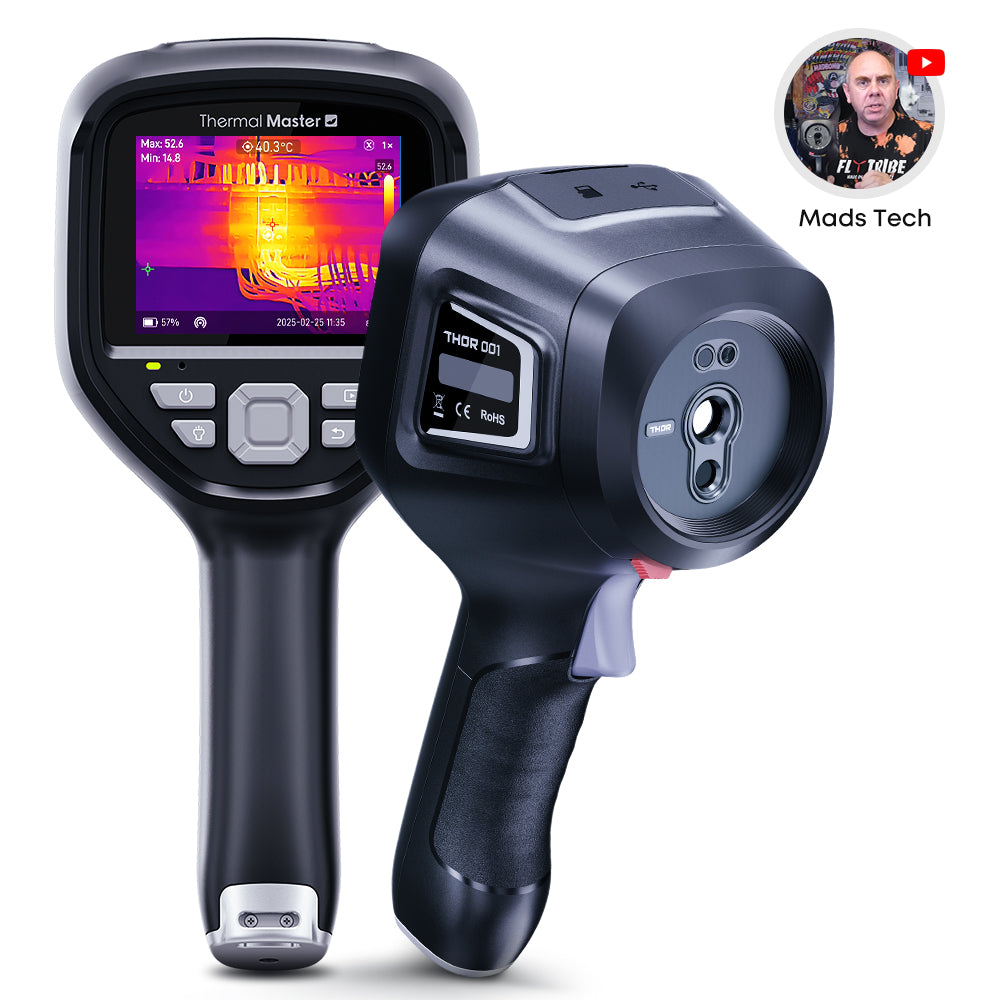


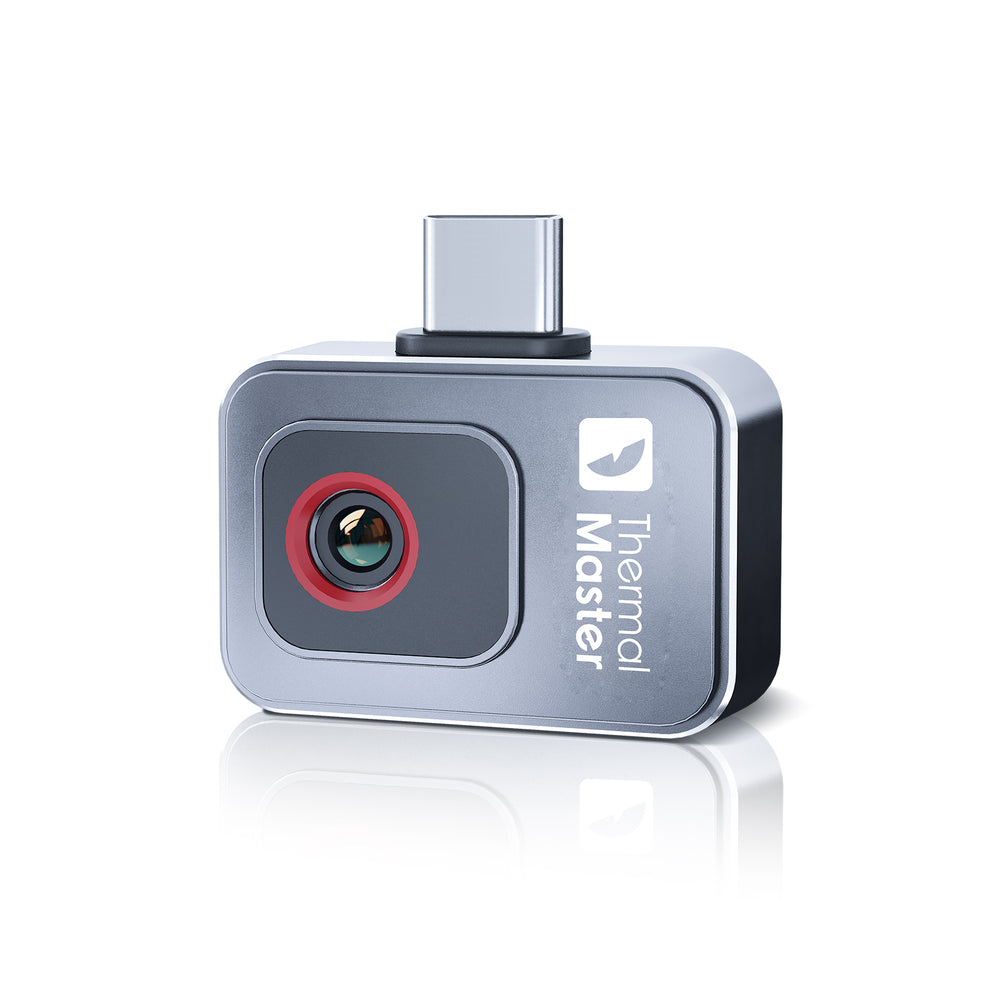


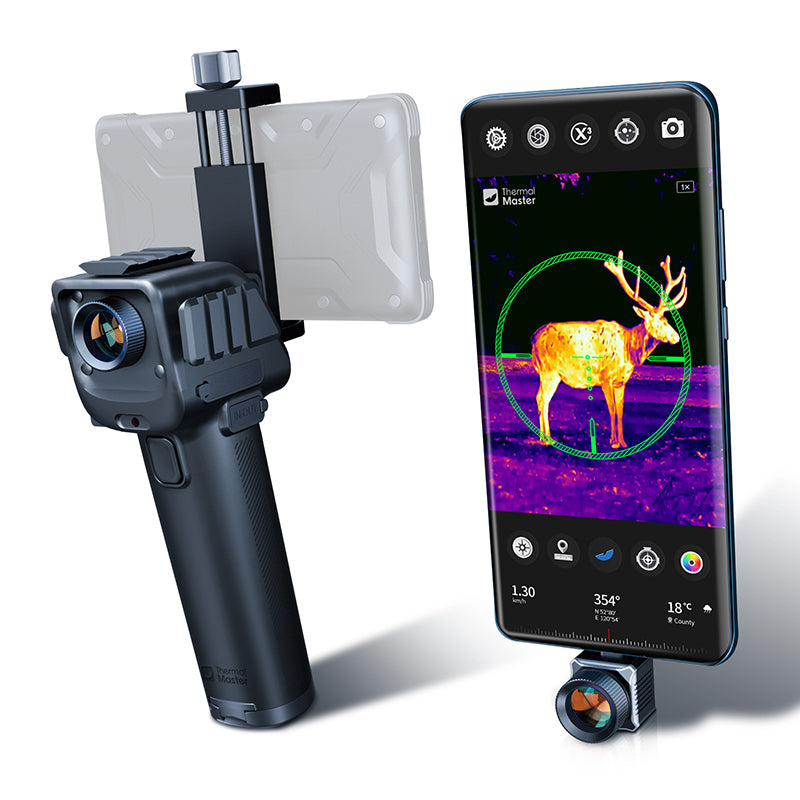
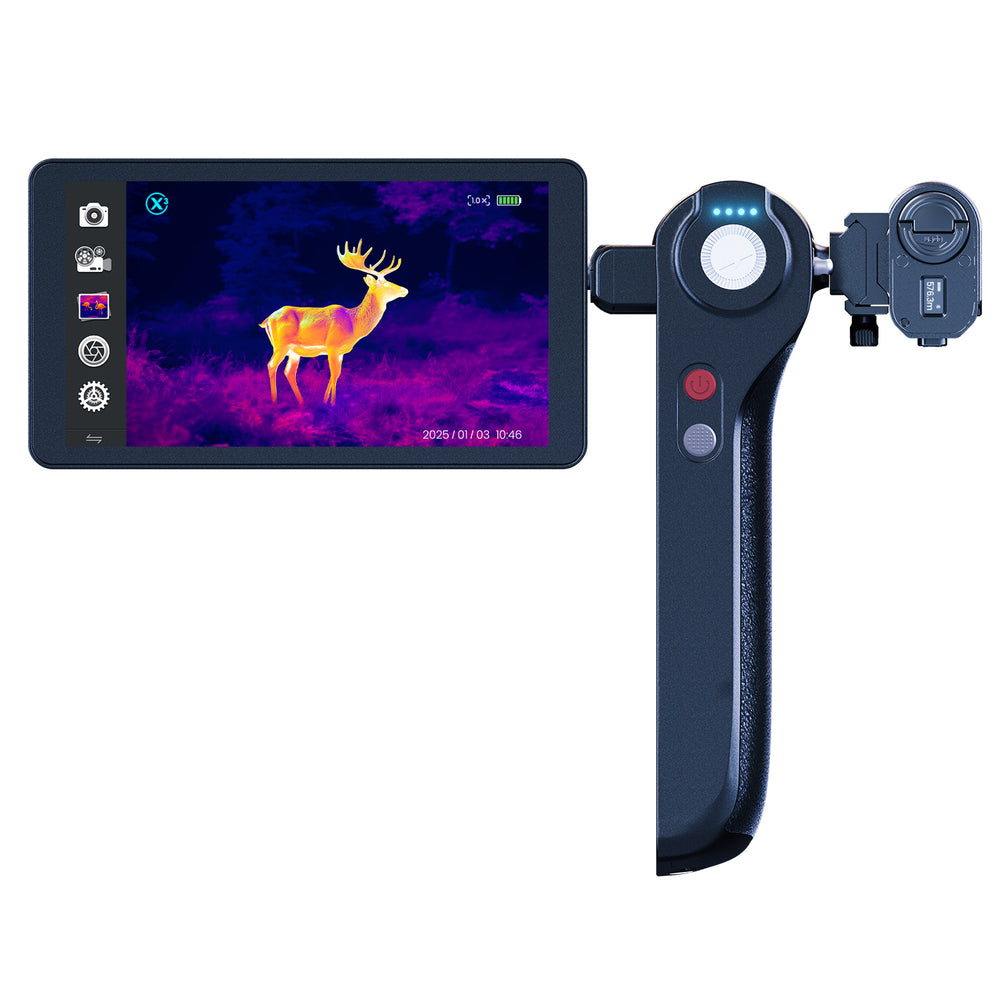
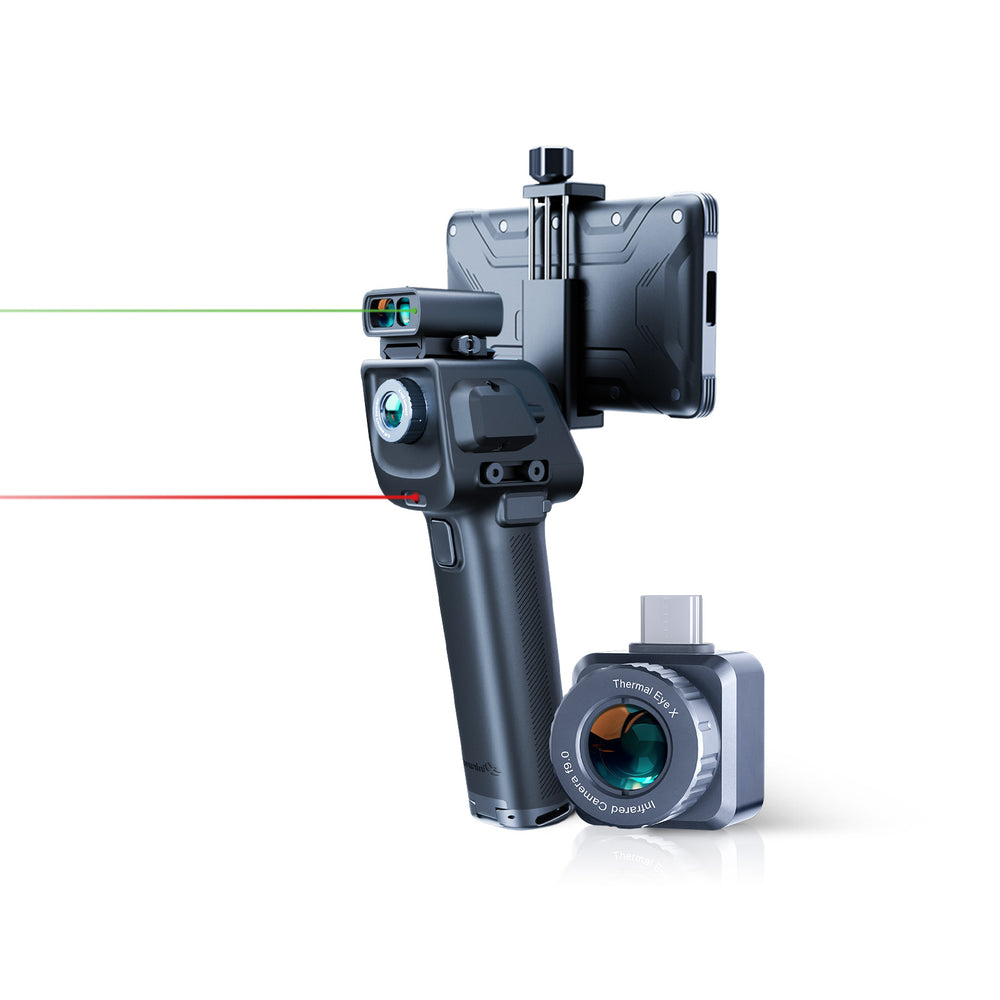
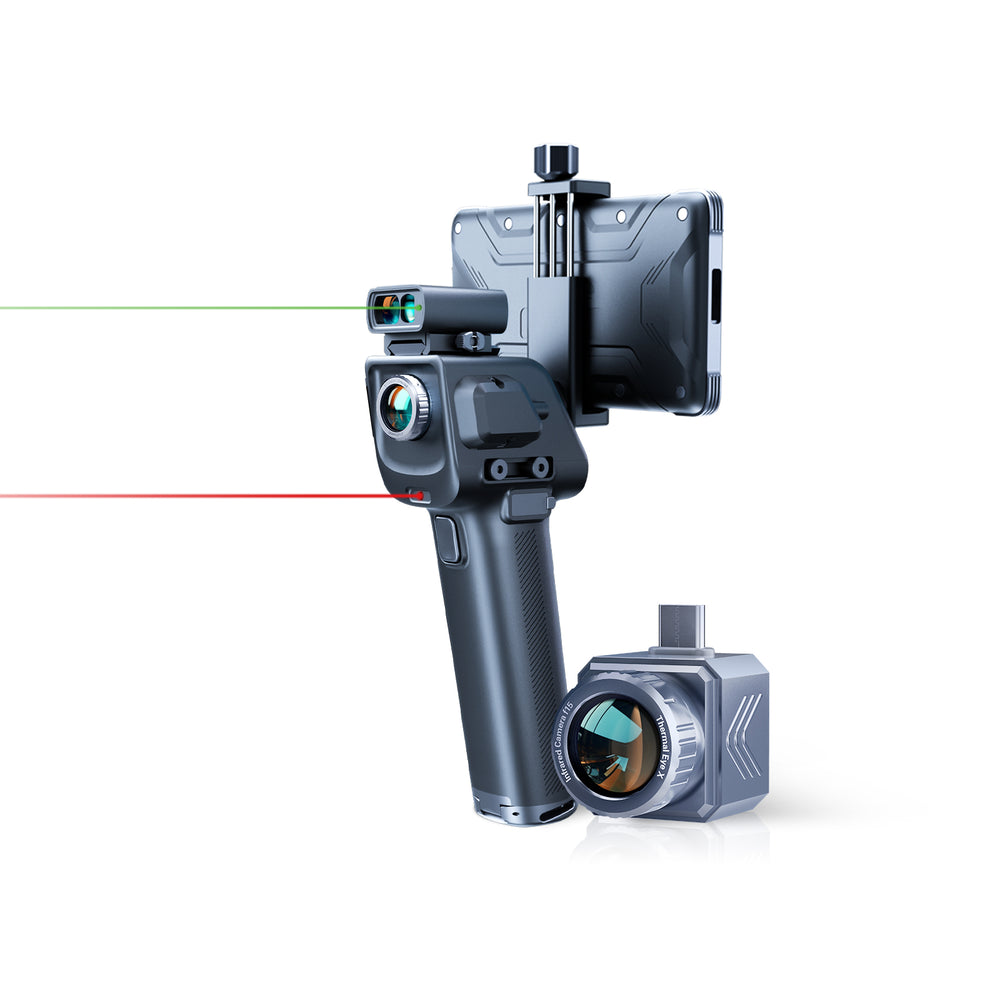
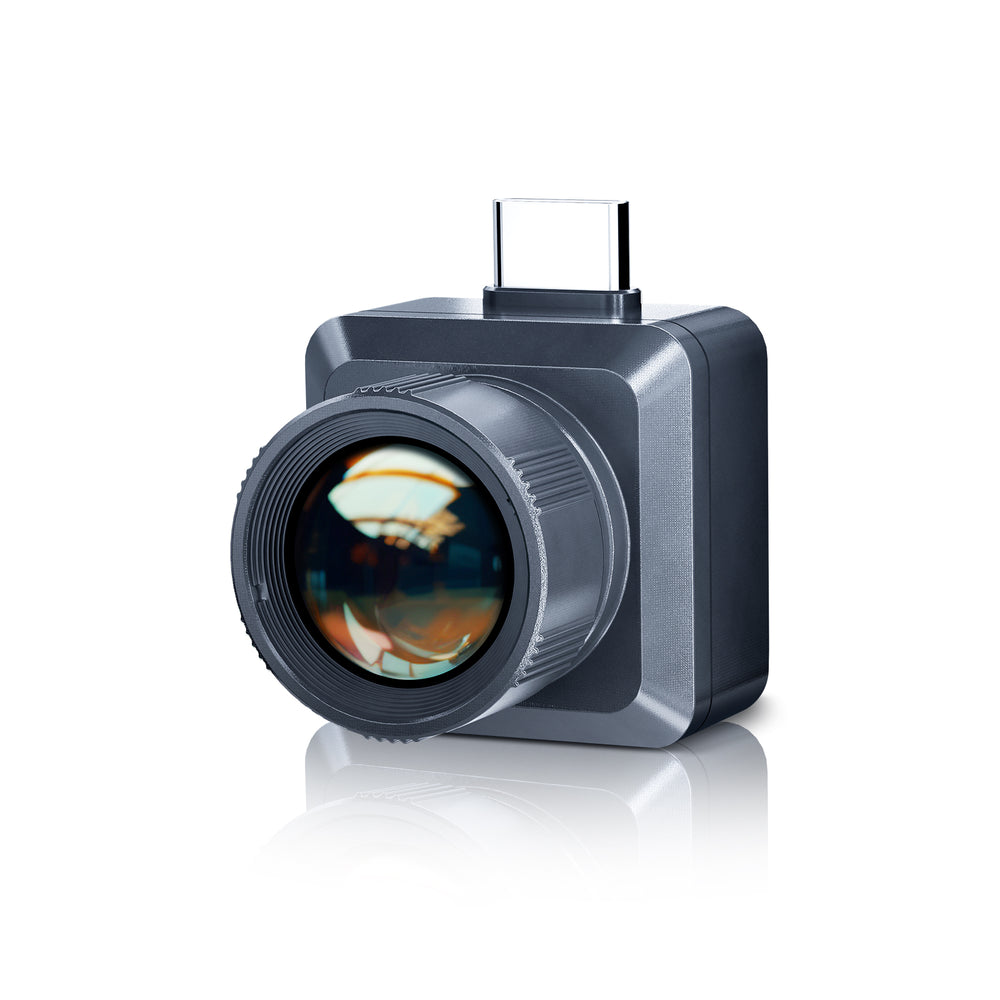
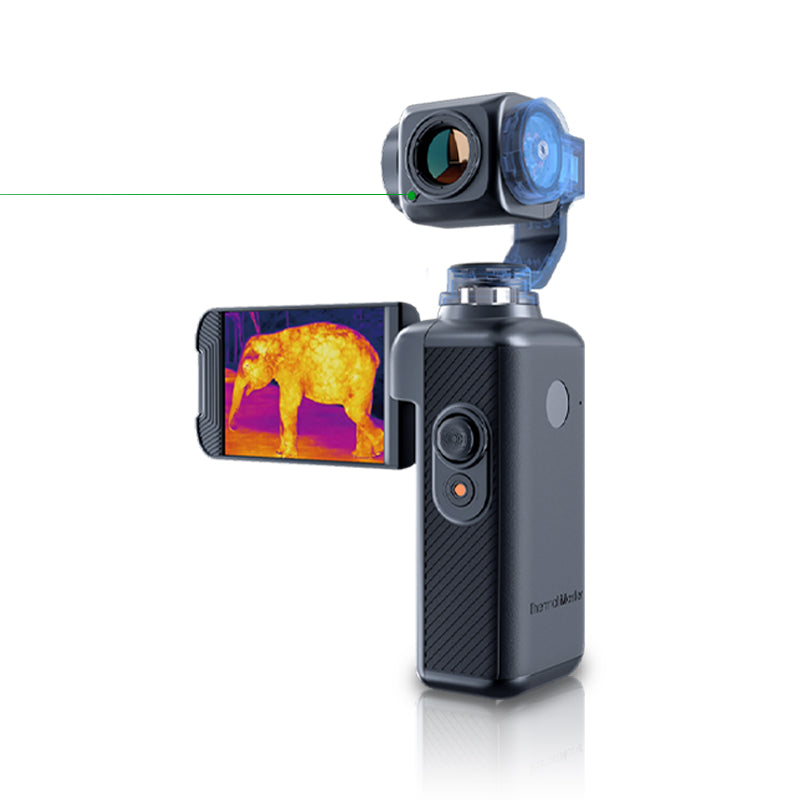
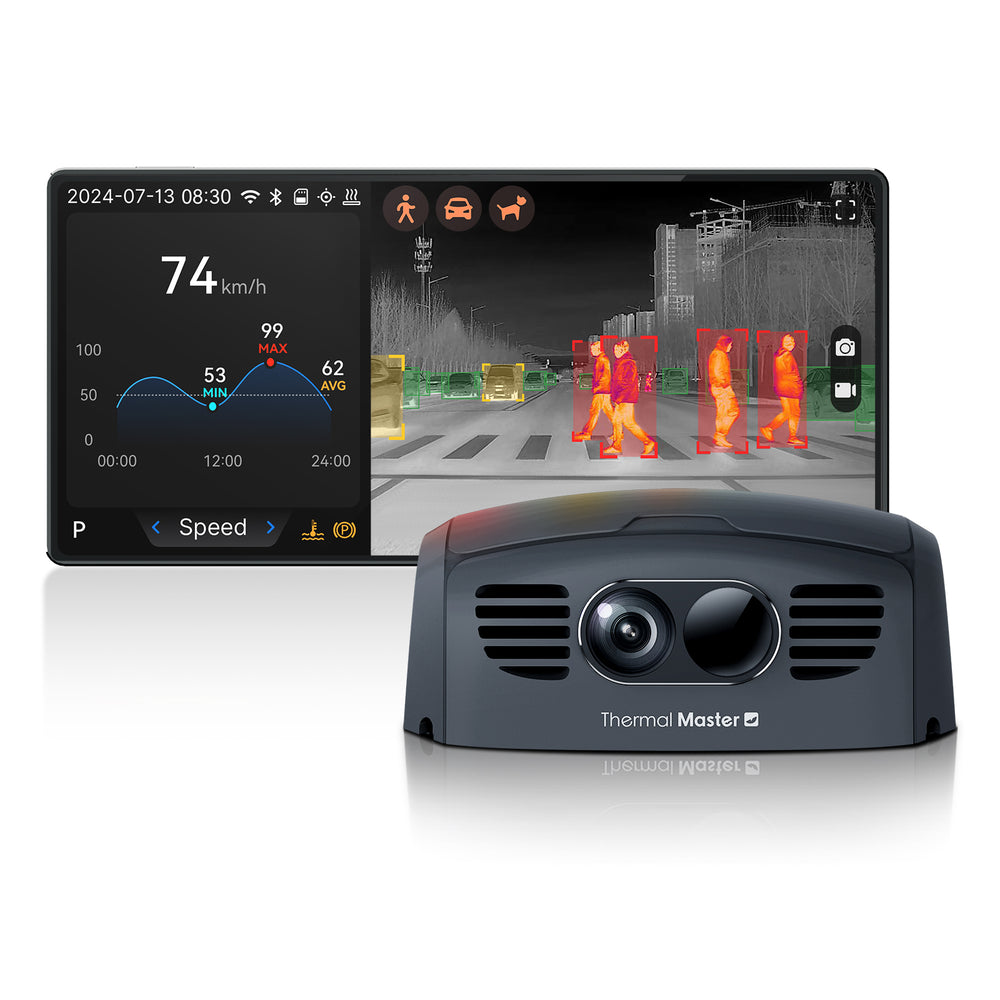
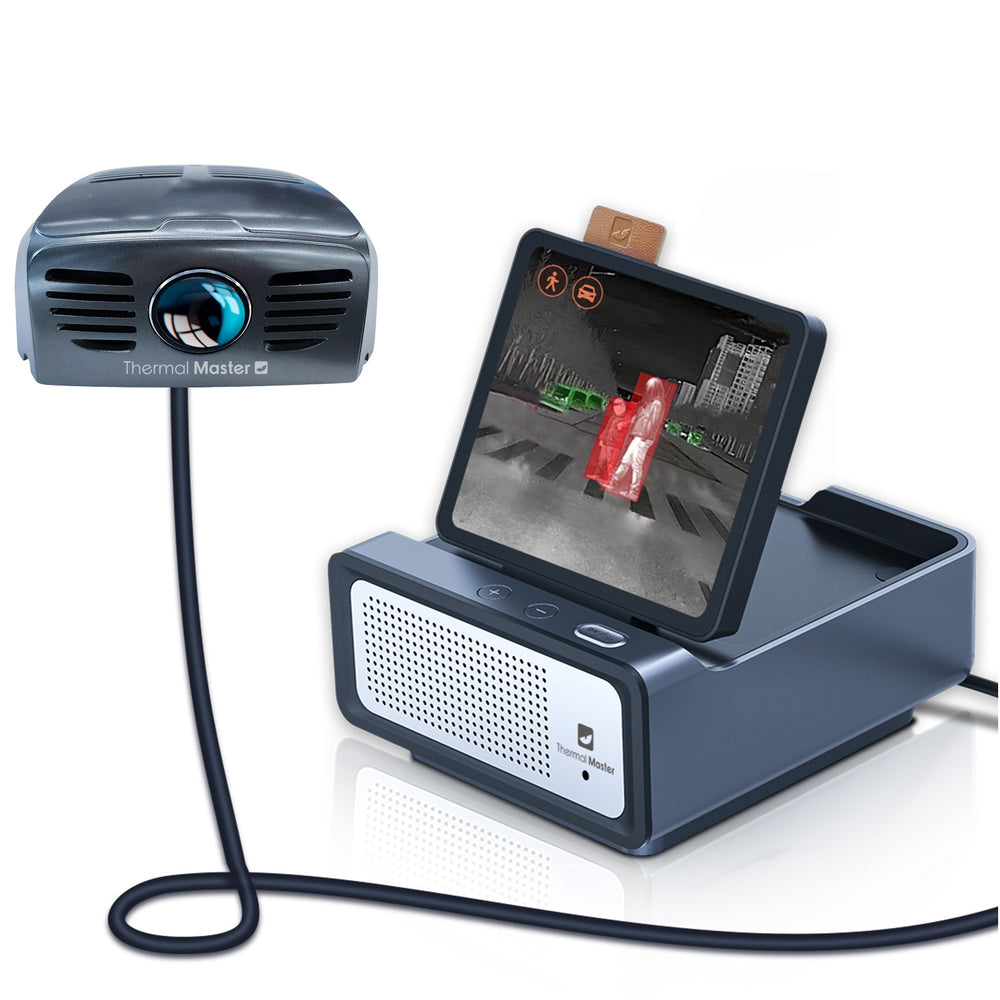



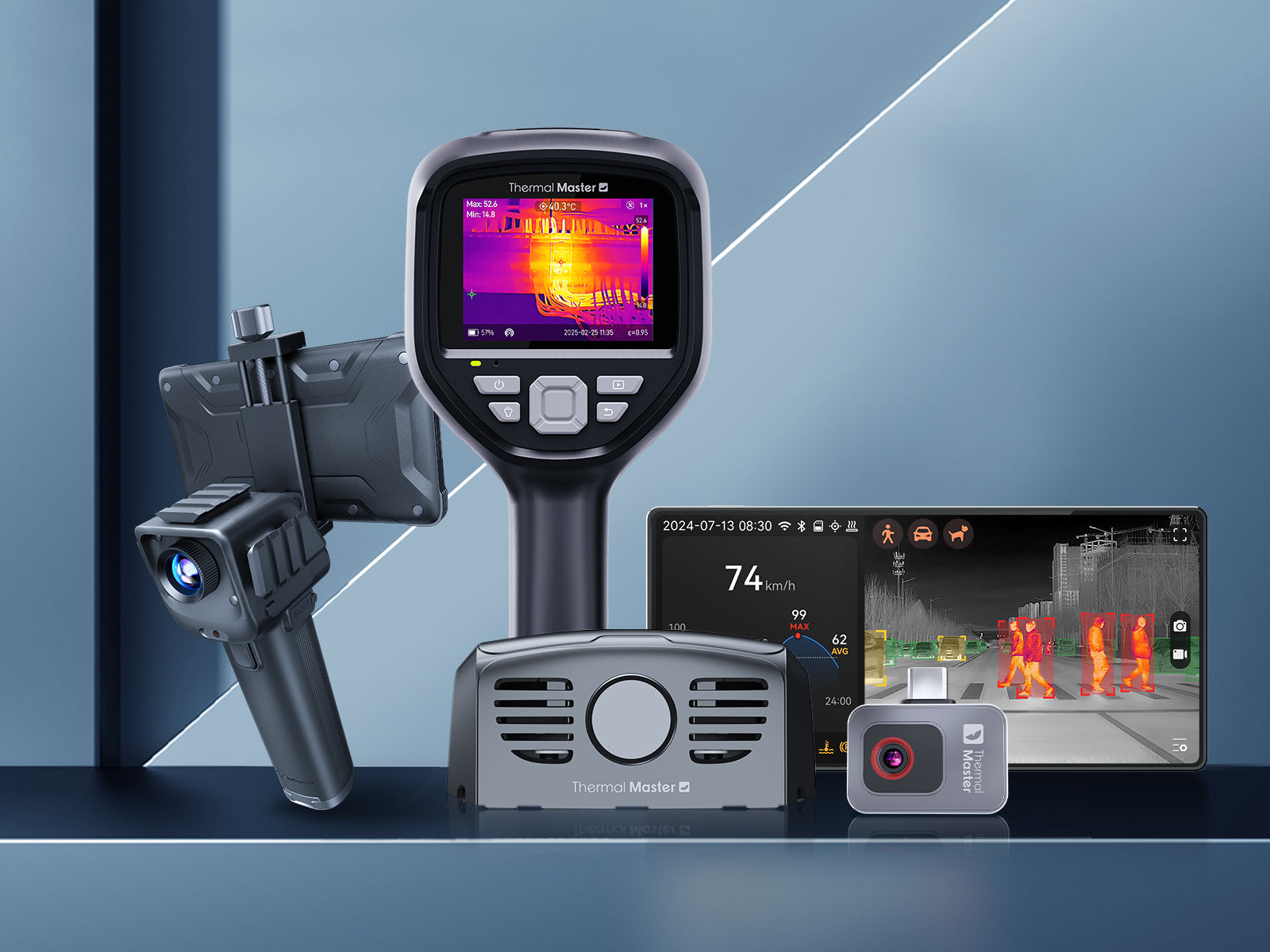
Leave a comment
All comments are moderated before being published.
This site is protected by hCaptcha and the hCaptcha Privacy Policy and Terms of Service apply.